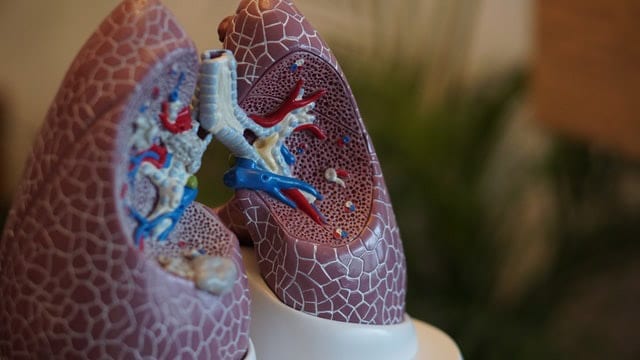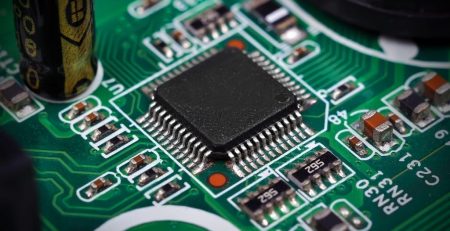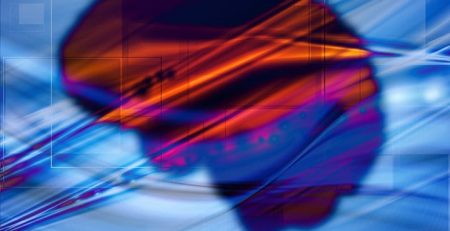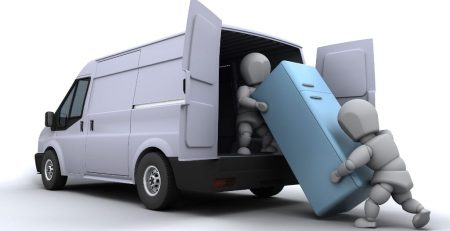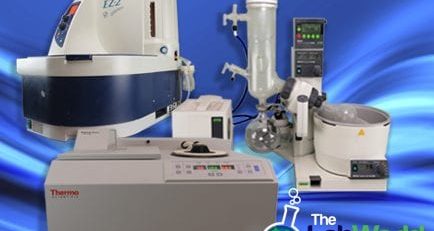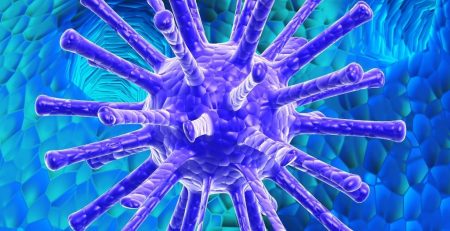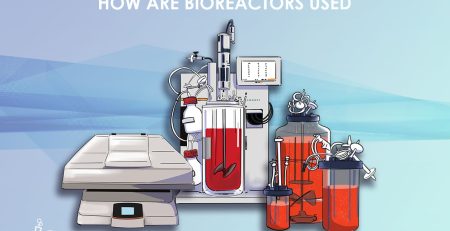Scientists Use 3D-printing Technology to Apply Sensors to Moving Lung
Nope – this isn’t some sort of science fiction movie. A new technique developed by University of Minnesota researchers has allowed them to 3D print hydrogel-based sensors to directly moving organs. Using motion capture technology, a team of mechanical engineers and computer scientists built on research conducted two years ago by members of the team that allowed electronics to be printed directly onto the skin of a hand that was moving and rotating. Now they’re able to 3D print sensors on organs that change shape or become distorted due to expanding and contracting.
“We are pushing the boundaries of 3D printing in new ways we never imagined years ago,” Michael McAlpine, a University of Minnesota mechanical engineering professor and senior researcher on the study said in a statement. “3D printing on a moving object is difficult enough, but it was quite a challenge to find a way to print on a surface that was deforming as it expanded and contracted.”
Using motion capture tracking markers, similar to those used to create special effects for movies, a balloon-like surface, and a specialized 3D printer, the researchers were able to help the 3D printer “adapt its printing path to the expansion and contraction movements on the surface.” From there, they moved onto an artificially inflated animal lung and were able to successfully print a soft hydrogel-based sensor directly on the surface. According to McAlpine, this technique could potentially be used in the future to 3D print sensors onto pumping hearts.
“The broader idea behind this research, is that this is a big step forward to the goal of combining 3D printing technology with surgical robots,” McAlpine said. “In the future, 3D printing will not be just about printing but instead be part of a larger autonomous robotic system. This could be important for diseases like COVID-19 where health care providers are at risk when treating patients.”
Read the full report here and check out a video of the technology in action here.




